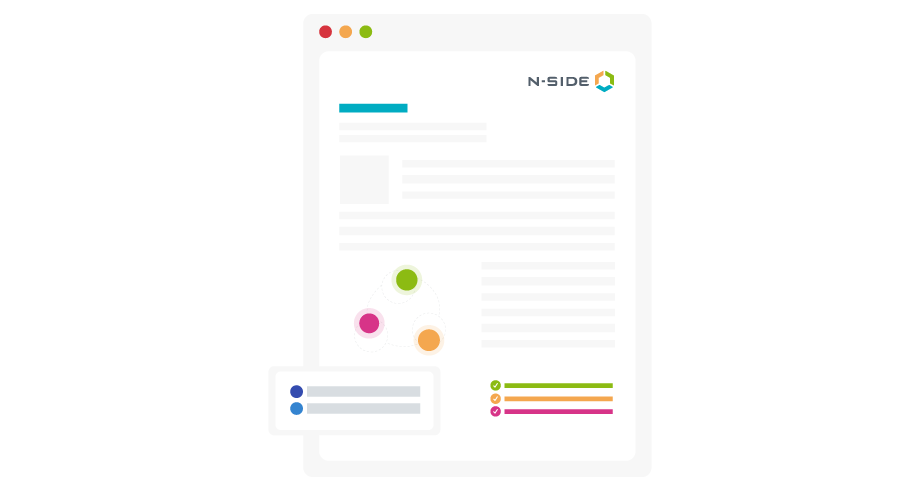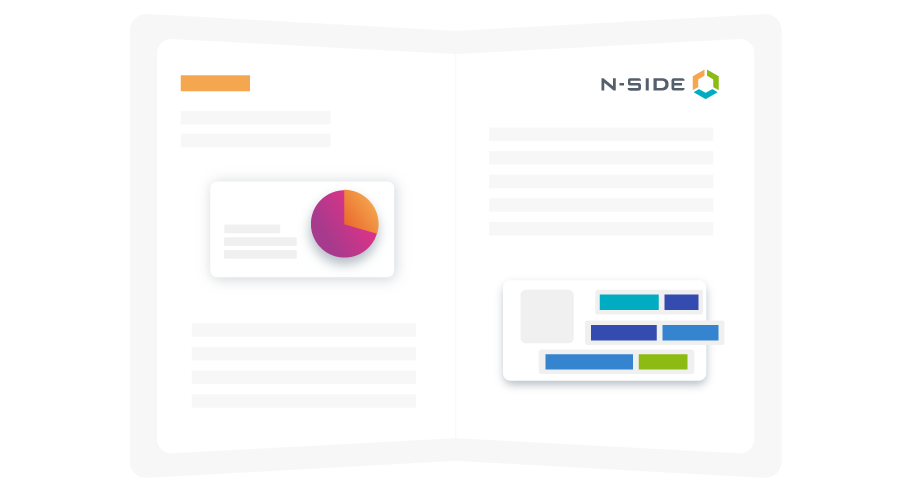Why should you consider investing in optimization?


"When you say ROI, do you mean return on investment or risk of inaction?"
Regarding new technologies, human decision-making is a complicated phenomenon. This is because, for many companies, new technologies are still uncharted territory, and the anticipated return on investment is much more unpredictable.
But instead of focusing on the return on investment, shouldn’t we focus on the risk of inaction? During Covid-19, the world has shown great resilience to survive, leading to the accelerated adoption of new technologies in many businesses.
Embrace proactive risk management and focus on high value activities
More often than not, pharmaceutical companies will call N-SIDE to the rescue because they did not future-proof their clinical supply and now need to solve a drug shortage. Proactive risk management is much less stressful than reactive risk management. This is why the initial investment should always be put in perspective through the introduction and tracking of risk and waste KPIs.
As an immediate result, N-SIDE provides end-to-end visibility on your supply chain needs to ensure trial continuity (i.e. accurate patient demand, optimized quantities to be packaged or sourced, optimal IRT strategy, etc.). Our solutions allow supply chain managers to focus on high-value activities and perform automated monitoring of their trials daily.
See impressive ROI in no time
Regarding return on investment, there is no need to wait to see the impact of such solutions. As soon as an optimization methodology is put in place for your first trial, N-SIDE’s track record shows reductions of supply budget and drug waste levels by 20-60%.
Pursuing long-lasting success with continuous optimization and scenario testing will allow you to investigate potential changes in your clinical supply strategy, promote cross-functional collaboration, and control your targets.
If you are curious to see how this technology can help you decide better and improve every aspect of your clinical trial supply planning, our colleagues would be more than happy to show you a custom demo based on your needs.



About the Author
Marine holds a Master degree in Business Engineering. Passionate about Technology and Life Sciences, she couldn't dream of a better place to work than N-SIDE. Since 4 years now, she has been dedicated to bring innovation in clinical trials supply chain through end-to-end optimization. Marine is now responsible to expand N-SIDE's global footprint into the APAC market and build strong partnerships in the region.
Marine du Jardin




Increase your knowledge with these related resources

article
What is clinical trial supply optimization
Clinical trial supply optimization is the process of supplying the right amount of investigational medicinal product (IMP) and comparators to all trial sites so all patients receive their doses on schedule.
By optimizing the clinical trial supply strategy, all sites can be safely supplied while minimizing both costs and drug waste. This is accomplished by calculating drug product overage as an output of optimization models.
read more
case study
N-SIDE collaborates with AstraZeneca
N-SIDE and AstraZeneca worked together to reduce the waste and cost of this trial while still keeping the patients and their safety at the center of their concerns.
Read the case study to learn what they discovered and see the results they managed to reach. Overall, not only did they manage to reduce both the cost and drug waste levels of this study but some changes helped decrease the risk of missed dispensing for the patients as well.
deep dive
article
How AI & Machine Learning Are Improving Clinical Trial Forecasting
Clinical trials are becoming more complex. New types of therapy like biologics and personalized medicine, as well as treatments targeting rare diseases, create challenges in recruitment, supply chains, and trial protocols.
Trials are also getting more expensive. The global clinical trials market size is expected to reach $69.3 billion USD by 2028, up from $44.3 billion in 2020. At the same time, however, only around 12% of drug development programs end in success.


